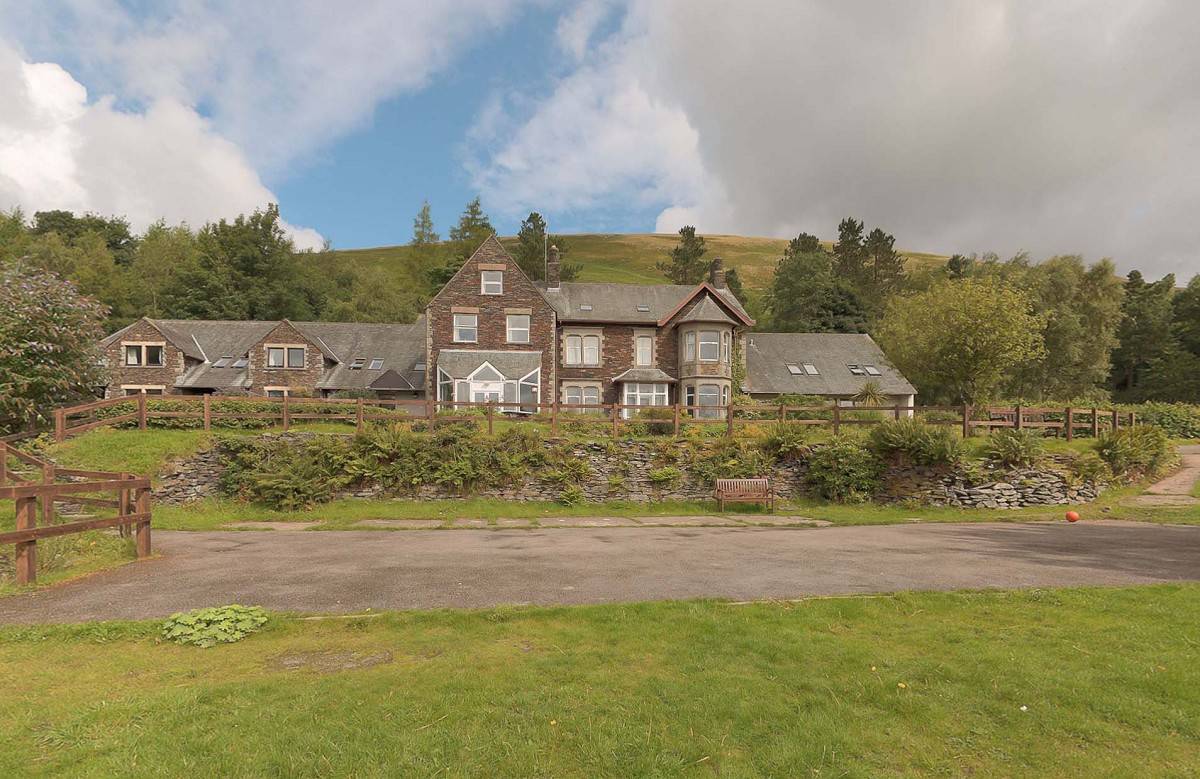Abstract
The Lake District, northern England, offers many opportunities for geomorphological field work and analysis of data collected in the field. An array of landforms and sediments resulting from glacial, periglacial, mass movement and fluvial processes are readily available for exploration. Many are relict forms resulting from past processes but may be undergoing transformation as a result of current processes; fluvial erosion of valley-bottom glacial moraines being an example. The challenge of dating landforms, in particular those of glacial origin, is discussed. Concepts of the landscape as a ‘palimpsest’ and slopes as ‘sediment cascades’ are of value in understanding the complexity of the Lake District. The adjustment of form to process is illustrated with reference to river discharge and meander wavelength. Published research studies form the basis of our knowledge but these are often incomplete or limited in their generality. This short article shows that opportunity exists for researchers and students to contribute to our knowledge of the region.

